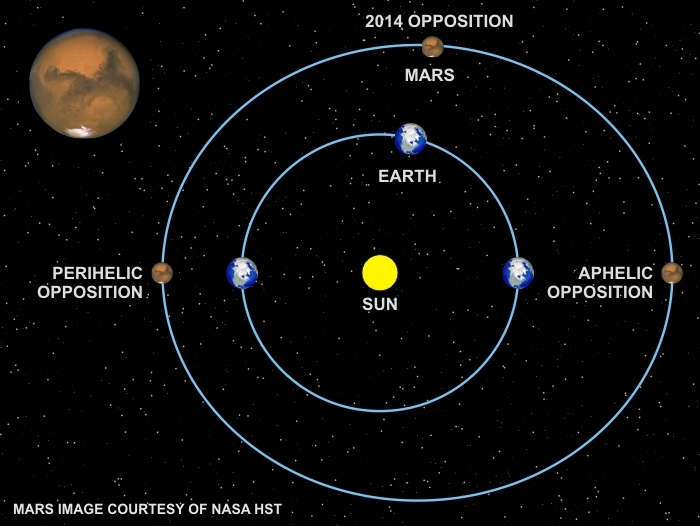A few reasons why tenders might make more sense than a station:
1) Jump accuracy is never really defined in the books. If you can be a few hundred thousand Km off your entry mark, your arrival locations can vary a bit. Not so much a tug couldn't pick up an X-boat though, but a tender would do a better job overall (but at a higher cost).
2) While the game doesn't model it at all, we know a jump is a straight line from entry to exit. To get places those straight lines will intersect with objects large enough to pull them out of jump space (i.e. a planet, gas giant, star or otherwise large asteroid). A tender will be able to drop off an X-boat in the correct location to make a jump outsystem that doesn't intersect with one of the aforementioned objects. A station's location MIGHT, but over time it would need to move as planets move. And some paths may not be possible due to stellar alignment of different systems (and their planetary objects).
3) An X-boat is defenseless and unable to move. Enterprising pirates or enemies would be able to capture it whole and jump out with it. Probably not likely, but if you see some of the things PC's do in their games, it's not entirely far-fetched! A mobile tender will be able to quickly acquire the helpless craft and also the departing craft would be not helpless. I don't recall if tenders normally mounted armaments, but they are large enough to not be pushovers if you put some guns on them.
4) X-boat arrival times are random, and departing X-boats can't go until they have the information necessary for the next leg of the journey. It could be that direct-connect of the data from arriving to departing X-boat is fastest and most secure (though data transfer speed probably isn't the whole reason). Maybe there are secure data wafers onboard that can only be moved physically, so you need to dock with the arriving unit, take them onboard and transfer to the departing one and then drop it off for departure.
Those are the biggest reasons why mobile tenders might make better recover vehicles than a station. There are pro's and con's to each type of idea. Without a truly well-thought out model that explains all the mechanics and reasoning, we are just left with the basic explanations and have to fill in the blanks with speculations.
1) Jump accuracy is never really defined in the books. If you can be a few hundred thousand Km off your entry mark, your arrival locations can vary a bit. Not so much a tug couldn't pick up an X-boat though, but a tender would do a better job overall (but at a higher cost).
2) While the game doesn't model it at all, we know a jump is a straight line from entry to exit. To get places those straight lines will intersect with objects large enough to pull them out of jump space (i.e. a planet, gas giant, star or otherwise large asteroid). A tender will be able to drop off an X-boat in the correct location to make a jump outsystem that doesn't intersect with one of the aforementioned objects. A station's location MIGHT, but over time it would need to move as planets move. And some paths may not be possible due to stellar alignment of different systems (and their planetary objects).
3) An X-boat is defenseless and unable to move. Enterprising pirates or enemies would be able to capture it whole and jump out with it. Probably not likely, but if you see some of the things PC's do in their games, it's not entirely far-fetched! A mobile tender will be able to quickly acquire the helpless craft and also the departing craft would be not helpless. I don't recall if tenders normally mounted armaments, but they are large enough to not be pushovers if you put some guns on them.
4) X-boat arrival times are random, and departing X-boats can't go until they have the information necessary for the next leg of the journey. It could be that direct-connect of the data from arriving to departing X-boat is fastest and most secure (though data transfer speed probably isn't the whole reason). Maybe there are secure data wafers onboard that can only be moved physically, so you need to dock with the arriving unit, take them onboard and transfer to the departing one and then drop it off for departure.
Those are the biggest reasons why mobile tenders might make better recover vehicles than a station. There are pro's and con's to each type of idea. Without a truly well-thought out model that explains all the mechanics and reasoning, we are just left with the basic explanations and have to fill in the blanks with speculations.

